The largest coffee region in the country
After merging administrative units, Lam Dong province now has a coffee growing area of up to 327,000 hectares, including 311,000 hectares of Robusta coffee and 16,000 hectares of Arabica, with an output of over 1 million tons per year, accounting for more than 50% of Vietnam's total coffee output. This is the largest coffee growing region in the country and is one of the rare areas that fully converges the ideal natural conditions for coffee trees to grow: altitude from 700-2,200 m above sea level, cool climate all year round, fertile red basalt soil, and abundant water resources.
Not only is Lam Dong the "coffee granary" of Vietnam, it is also considered the heart of Central Highlands coffee, where the model of high-quality and sustainable coffee production is clearly defined, making an important contribution to the global coffee value chain.
According to the Department of Agriculture and Rural Development of Lam Dong province, to date, the locality has nearly 119,000 hectares of coffee certified for sustainable production according to international standards such as VietGAP, 4C, UTZ, Rainforest Alliance, etc. Along with that are 6 high-tech production areas with a total area of nearly 2,300 hectares, and 67 production-consumption chains with more than 29,000 farmer households participating, covering over 55,000 hectares of coffee growing area.
These models not only focus on productivity but also on reducing emissions, saving water resources, and increasing adaptability to climate change. Drip irrigation systems, smart fertilization, and integrated pest management (IPM) are widely applied, helping to optimize input costs while protecting the ecological environment of coffee growing areas.
Mr. Nguyen Hoang Phuc, Deputy Director of the Department of Agriculture and Rural Development of Lam Dong province, said: "The province is focusing on expanding the area of high-quality coffee, encouraging organic production, and at the same time forming concentrated raw material areas associated with deep processing. We consider cooperatives and cooperative groups as the core force in organizing production, linking consumption and tracing origin. The goal is to build a Lam Dong coffee brand that is not only strong domestically but also qualified to enter the international market."
Efficiency from organic production
In many localities such as Bao Loc, Di Linh, Lam Ha…, organic coffee models are spreading strongly.
Mr. Trinh Tan Vinh, a farmer in Bao Thuan commune (Di Linh district), is one of the pioneers who switched to organic farming since 2008. After more than 16 years, he has built a sustainable farming model with a yield of over 3 tons of clean coffee per hectare per year, while also investing in roasting and grinding, supplying products to the high-end market. "Organic coffee helps the soil to be healthy, the plants to be healthy, and the coffee beans to have a stronger flavor. More importantly, we no longer depend on the price of raw coffee but can directly sell processed products at a much higher value," Mr. Vinh shared.
Not only stopping at the farmer household model, many coffee cooperatives have also clearly shifted to organic production. Mr. Tran Mai Binh, Director of Hoa Linh Coffee Cooperative (Bao Loc City), said that he has converted 12/80 hectares to organic farming, and is planning to expand the entire raw material area in the next 3 years.
"Organic farming is not only a trend, but also a way to protect the reputation of Lam Dong coffee. When we do it right and maintain the right standards, we will be recognized by the world market," Mr. Binh emphasized.
In the coffee value chain, processing is considered the "golden knot" that determines the value of the product. Realizing this, Lam Dong is encouraging businesses to invest in modern technology and build deep processing factories to diversify products.
Brands such as La Viet Coffee, The Married Beans, K'Ho Coffee... have made Lam Dong coffee the choice of consumers in many countries, from Japan, Germany, Korea to the US.
Mr. Tran Nhat Quang, Director of La Viet Coffee Company Limited, shared: "We confidently affirm that Lam Dong coffee is not inferior in quality to Colombia, Ethiopia or Brazil. The important thing is to standardize the process, invest thoroughly from raw materials to processing, packaging and even the brand story."
Thanks to the application of a close linkage model between enterprises - cooperatives - farmers, the value of Lam Dong coffee products has increased by an average of 20-30% compared to before. The number of coffee beans meeting export standards to Europe and the US is increasing, opening up a direction for stable and sustainable development.
Geographical indications – a passport for brands
An important milestone affirming the value of Lam Dong coffee is that on October 10, 2025, the National Office of Intellectual Property (Ministry of Science and Technology) issued Decision No. 636/QD-SHTT, granting the Certificate of registration of geographical indication "Lam Dong" for two lines of Arabica and Robusta coffee, including green coffee, roasted coffee beans and ground coffee.
According to the survey results, coffee with the geographical indication "Lam Dong" has distinct sensory characteristics: Arabica has a light fruity aroma and a light sour taste; while Robusta has a strong taste, sweet aftertaste, and a distinct chocolate aroma - all of which are deeply influenced by the altitude, climate, and soil of this land.
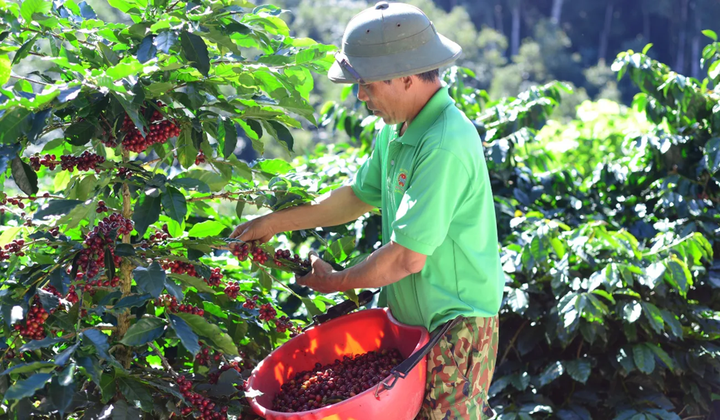
Mr. Le Huy Anh, Deputy Director of the Department of Intellectual Property, commented: "The protection of geographical indications is a big step forward to help Lam Dong coffee affirm its value and origin, creating a competitive advantage in export. Geographical indications are not only a title, but also a commitment to the quality, process and reputation of Vietnamese products in the international market."
The "Lam Dong" geographical indication is also an important legal basis for localities to manage raw material areas, fight counterfeit goods and build a professional and systematic brand promotion strategy.
Lam Dong is aiming for the entire coffee area of the province to be produced according to sustainable standards by 2030, of which at least 20% of the area will meet international organic standards, while 70% of the output will be deeply processed.
To achieve this goal, the province focuses on three key groups of solutions:
Promote the application of science and technology in cultivation, harvesting, processing and preservation, especially drying, shelling, wet processing and specialty processing technology.
Developing logistics infrastructure and coffee trading centers, supporting businesses to participate in international trading floors, and improving market access capacity.
Strengthen international cooperation, attract investment funds, businesses and global experts to participate in Lam Dong coffee value chain.
At the same time, localities such as Da Lat, Di Linh, Lam Ha are actively developing experiential coffee tourism, turning coffee into the "cultural ambassador" of Lam Dong. The "from farm to cup of coffee" model not only helps tourists understand more about the production process but also contributes to enhancing the value of the Vietnamese coffee brand.
Affirming position on the world coffee map
From a traditional coffee region, Lam Dong is transforming strongly, towards the goal of "high quality coffee - green production - sustainable development". With its scale, output, linked ecosystem and recognition by geographical indications, Lam Dong coffee has been rising to affirm its position as one of the leading specialty coffee regions in Asia.
Mr. Le Huy Anh affirmed:
"When organizing production in a chain, linked to international standards, Lam Dong coffee is not only an agricultural product, but also a symbol of quality, responsibility and pride of Vietnam."
With strategic vision, synchronous policies and aspirations to rise, Lam Dong coffee is gradually conquering the global market, contributing to making Vietnam become the world's leading center for production and export of high-quality coffee in the new era.
Center for Science and Technology Communication
Source: https://mst.gov.vn/ca-phe-lam-dong-khang-dinh-vi-the-tren-ban-do-the-gioi-197251028211435281.htm


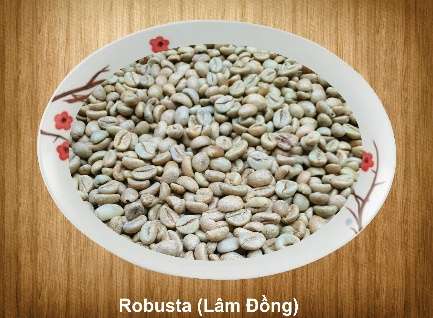
![[Photo] Flooding on the right side of the gate, entrance to Hue Citadel](https://vphoto.vietnam.vn/thumb/1200x675/vietnam/resource/IMAGE/2025/10/28/1761660788143_ndo_br_gen-h-z7165069467254-74c71c36d0cb396744b678cec80552f0-2-jpg.webp)


![[Photo] Draft documents of the 14th Party Congress reach people at the Commune Cultural Post Offices](https://vphoto.vietnam.vn/thumb/1200x675/vietnam/resource/IMAGE/2025/10/28/1761642182616_du-thao-tai-tinh-hung-yen-4070-5235-jpg.webp)

![[Photo] National Assembly Chairman Tran Thanh Man received a delegation of the Social Democratic Party of Germany](https://vphoto.vietnam.vn/thumb/1200x675/vietnam/resource/IMAGE/2025/10/28/1761652150406_ndo_br_cover-3345-jpg.webp)


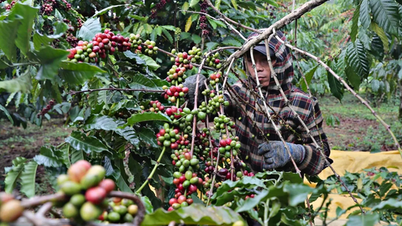
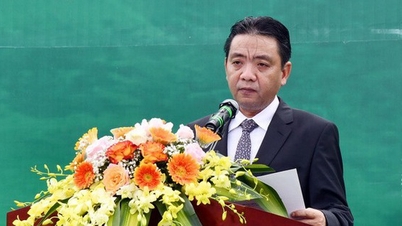
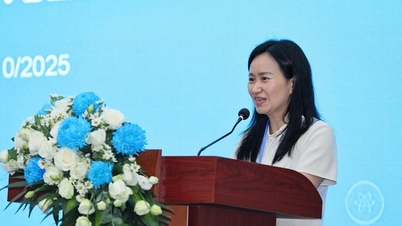


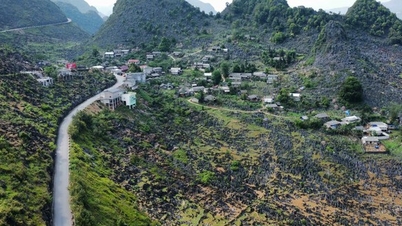




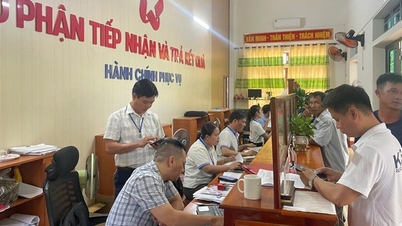
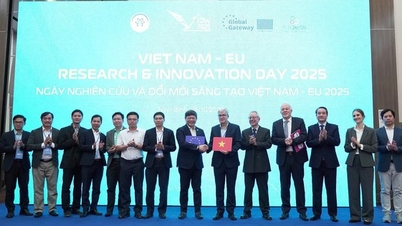
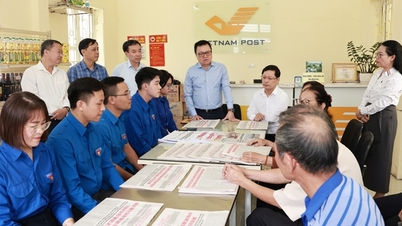
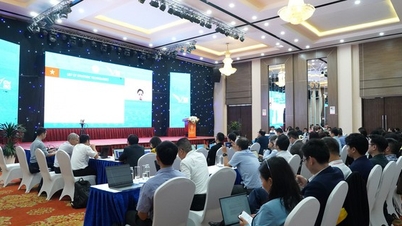
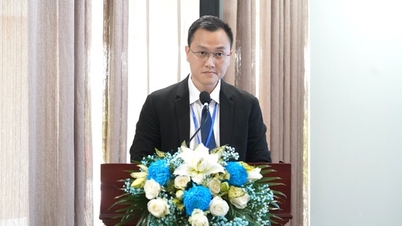
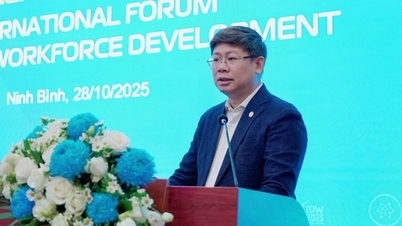

![[Photo] President Luong Cuong attends the 80th Anniversary of the Traditional Day of the Armed Forces of Military Region 3](https://vphoto.vietnam.vn/thumb/1200x675/vietnam/resource/IMAGE/2025/10/28/1761635584312_ndo_br_1-jpg.webp)




















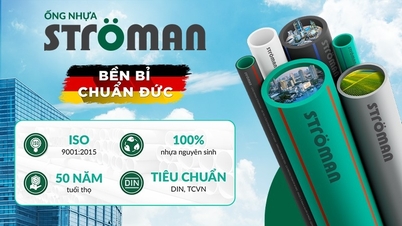

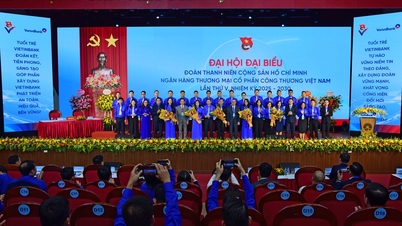
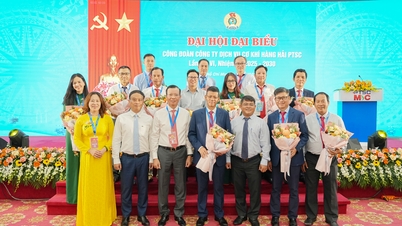
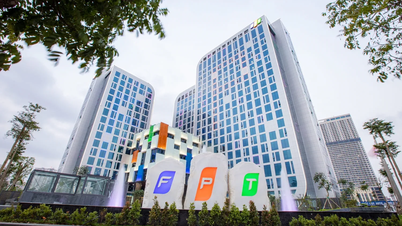
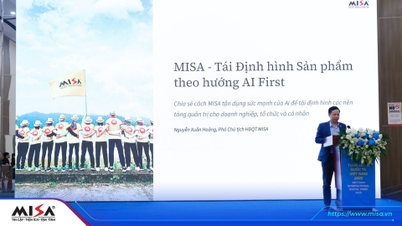







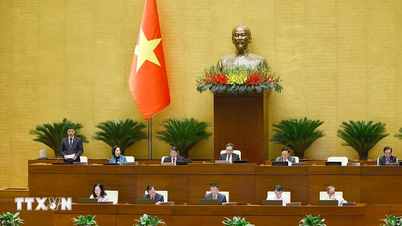

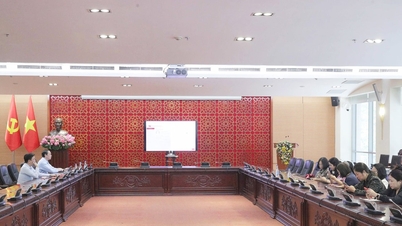





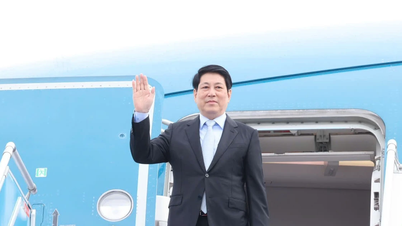

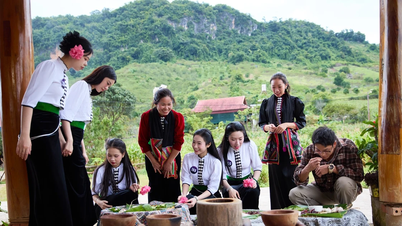



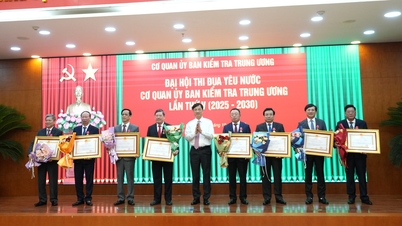

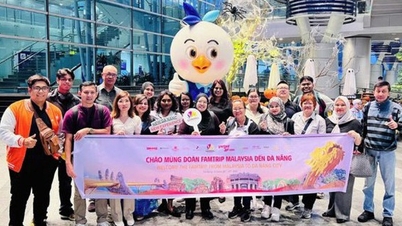
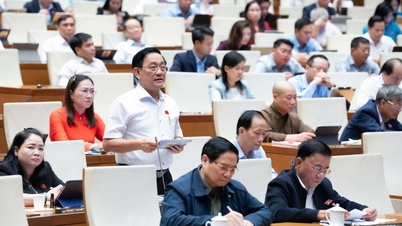

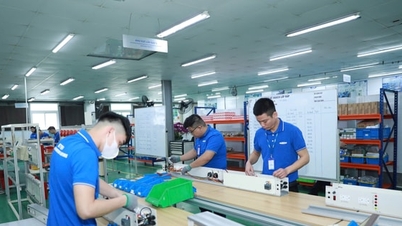



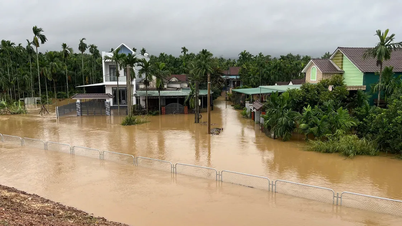


















Comment (0)